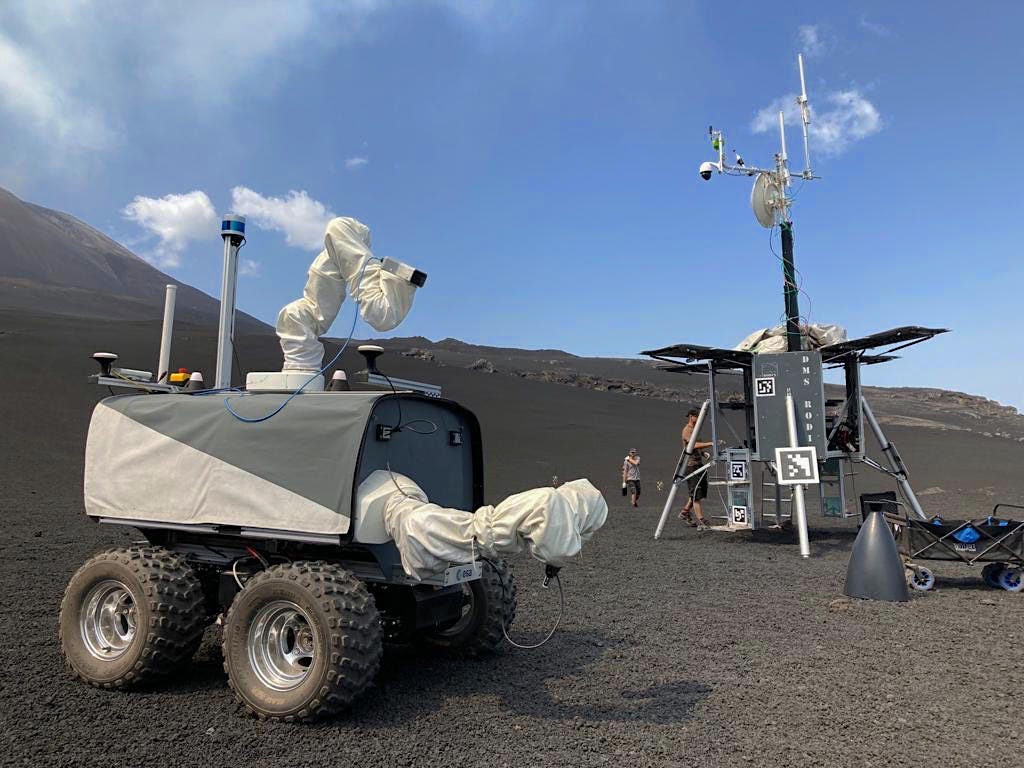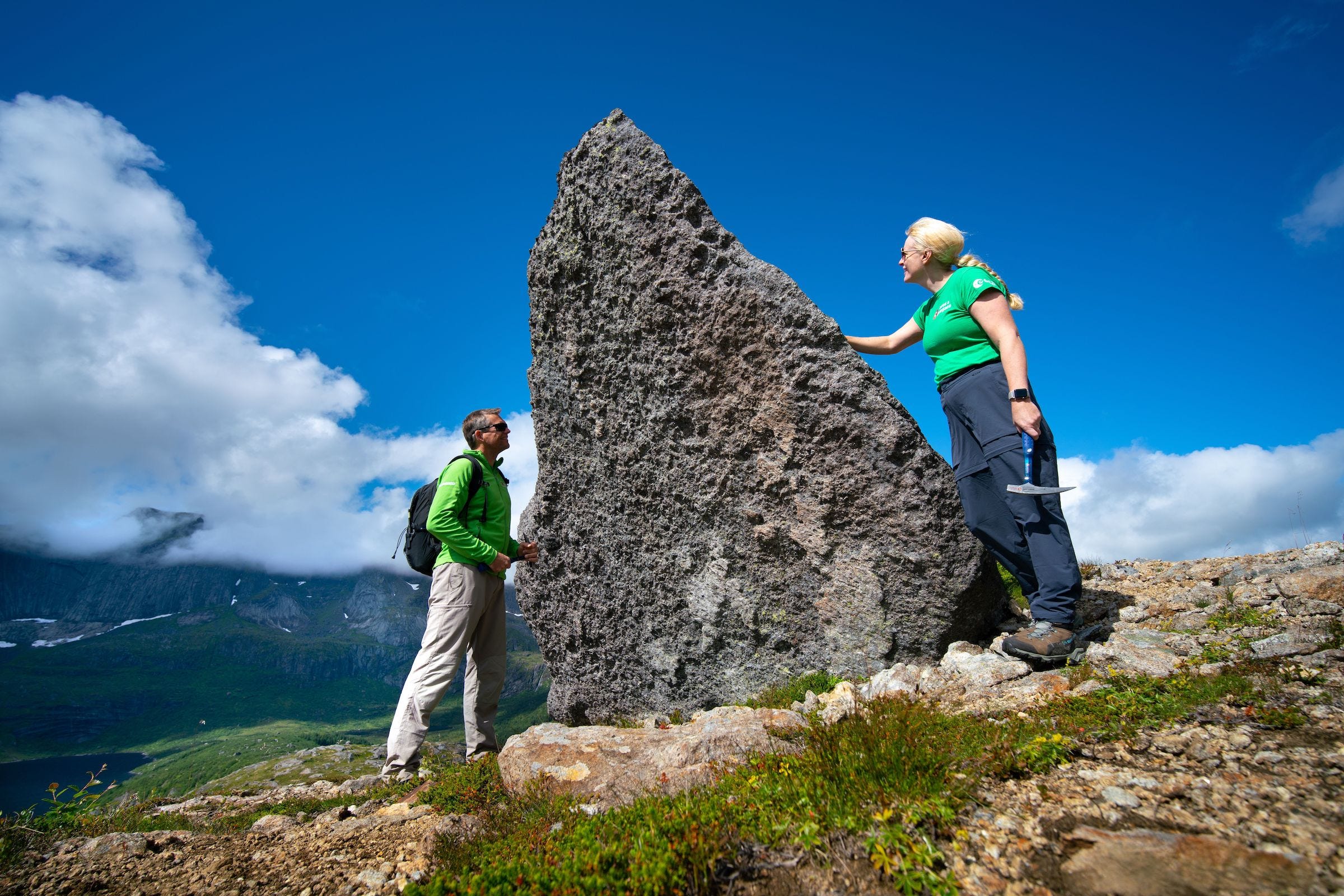Moon Monday #89: A lunar-bound Korean craft, crew for the Moon, hybrid exploration, and more updates
KPLO on its way to our cosmic neighbor!
On August 5, 2022 (KST), a SpaceX Falcon 9 rocket successfully launched and deployed the Korea Pathfinder Lunar Orbiter (KPLO) towards the Moon. With KPLO, South Korea forays into planetary exploration, begins its ambitious lunar exploration program, and finds a collaborator in NASA. Equipped with four indigenously built instruments and the NASA-provided ultra-sensitive ShadowCam, KPLO will show us new views of the Moon’s surface and help us plan future missions there, including landing humans on the lunar poles. Here are some things to look forward to.
- KPLO was launched on a ballistic lunar trajectory—the same kind being currently used by the NASA-funded CAPSTONE spacecraft—which will allow KPLO to reach the Moon for orbital capture on December 16.
- Following various timely and precise engine burns, KPLO will circularize its lunar orbit to a roughly 100 kilometers altitude by December 31.
- KPLO’s instruments will start studying the Moon from January 2023 for at least a year. This means we can expect the much-awaited ShadowCam views then.
- The $182 million KPLO mission comprises the first phase of South Korea’s lunar exploration program. In the second phase, they plan to launch another lunar orbiter, a lander, and a rover. In March 2021, South Korean President Moon Jae-in said the robotic lander will launch on an indigenously developed rocket before 2030.
The KPLO Press Kit has many more mission details.

Artemis I Moon launch palpable at last
NASA continues targeting launch of their SLS rocket on August 29 for the Artemis I mission to send an uncrewed Orion spacecraft around the Moon and back. Before the agency rolls out the fully stacked rocket to the launchpad on August 18, two key preparations remain: testing the flight termination system, and installing the two ESA-provided dummies inside Orion for deep space radiation measurements.
Orion will also carry 54 kilograms worth of mementos, including a Moon rock and a bolt from Apollo 11, a variety of tree seeds to be planted on Earth after the capsule returns in order to understand deep space effects (similar to Apollo’s Moon Trees), and contributions from several partner space agencies. Also, there’s an Artemis I Press Kit now.
Related: In a thoughtful piece, Casey Dreier highlights the inevitability of the SLS program being the way it is. A part that stood out:
Depending on how you look at it, the SLS is either a product of a broken system that curries favor to wealthy industries or an example of representative democracy working as it should—with members of Congress responding to the local needs of their constituents. Perhaps it’s a bit of both. But there are real and durable reasons for why we have (and will continue to have) the SLS for many years to come.
Casey also helpfully summarizes the cost breakup of SLS and Orion over the years.
On selecting astronauts to blast to the Moon
NASA now says that all of their active astronauts will be eligible for flying on future Artemis Moon missions, instead of just the previously announced set of 18. This brings the pool to a total of 42, plus the 10 candidates currently in training. Relatedly, NASA’s Office of Inspector General had raised in its January 2022 report that as opposed to over a hundred astronauts available during the Space Shuttle’s final two decades, the number NASA has in its corps now is uncomfortably small to work with and grow quickly to meet the agency’s simultaneously expanding goals for sending humans to the Moon while maintaining presence in Earth orbit. From the report:
The Agency could be overestimating the time available to develop and implement the necessary training framework and regimen across key Multi-Purpose Crew Vehicle (Orion), next-generation spacesuits, and Human Landing. Delays in moving beyond the current ISS-focused approach for current and future astronauts increase the risk of delays in developing the necessary training to meet Artemis mission goals.
Germany and ESA are pursuing hybrid lunar exploration
The ARCHES Space-Analog Demonstration project led by the German space agency, and featuring significant ESA participation, successfully conducted their latest terrestrial demonstration in July. It involved an astronaut remotely operating a two-armed surface rover named Interact for a sample return mission with a one-second delay, as if controlling it from the upcoming NASA-led international Gateway lunar station. As the rover’s name suggests, it isn’t your typical remotely commanded mobile machine but one that can transmit haptic feedback to let an operator feel the weight and cohesion of the rocks its arms pick up.

Cooperating with mission control on Earth, and aided by other robots, the astronaut-rover duo picked up rocks of interest and brought them to its lander more efficiently than traditional operations would. The rover itself was driving on Mount Etna in Italy, an active volcano, chosen for its very Moon-like layered lava landscapes and granular surface. The whole four-week exploration was thus indeed like being on a real mission.
This activity is part of the intent ESA has with their European Large Logistics Lander (EL3) launching post-2030, which is being designed to support a variety of endeavors such as large rover explorations, sample return, and aiding NASA’s Artemis missions with cargo supplies. ESA, JAXA, and CSA had previously conducted a joint mission study using EL3 to bring samples from the pristine Schrödinger crater on the Moon’s farside. While the mission hasn’t been passed yet, other destinations and future reconsiderations for the large lander remain on the table.
Many thanks to Epsilon3, The Orbital Index and Open Lunar Foundation for sponsoring this week’s Moon Monday.
Thanks also to Steve B for supporting my independent writing.
More Moon
Northrop Grumman has subcontracted startup Solstar Space to provide Wi-Fi internet services at the Gateway lunar station, specifically on the Northrop-built HALO living quarters. Solstar also intends to provide similar Wi-Fi access points for astronauts and robots on future surface missions.
South Korean carmaker Hyundai has formed a consortium with sister company Kia Motors and six national research institutes to eventually build lunar rovers.
Here’s a neat overview of ESA’s Lunar Economy Workshop which took place this past July. We hear more tidbits from companies proposing their landers for ESA’s CLPS-like program to carry European scientific instruments and technology demonstrations to the Moon. Notably, NASA CLPS vendors Astrobotic and Intuitive Machines are interested in the program too, by partnering with European companies who would lead the efforts.
A nice picture from a Moon-like Norwegian region explored as part of the Pangaea astronaut training campaign discussed in Moon Monday #86:

ESA’s Andreas Mogensen (left) and NASA’s Kate Rubins (right) standing next to an exposed Moon-like anorthosite rock in Norway as part of their Pangaea astronaut training course in geology. Credits: ESA / V. Crobu
→ Browse the Blog | About | Donate ♡
